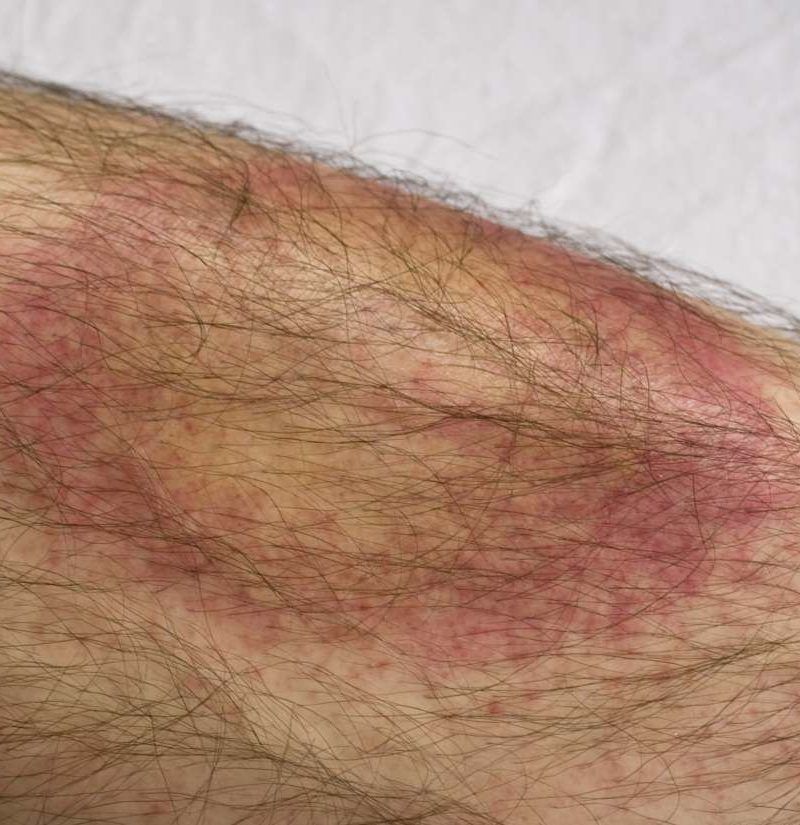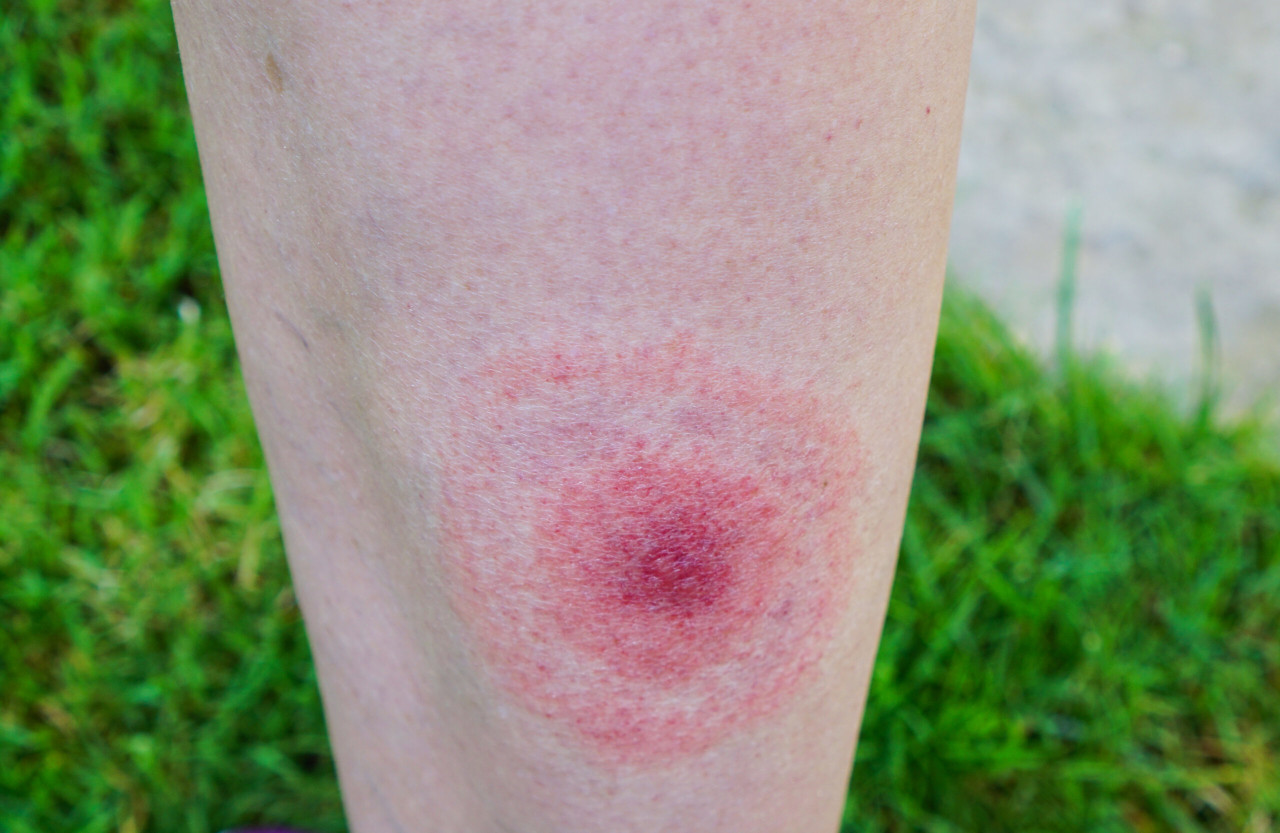Lymecare Alliance: Your Partner in Lyme Disease Education and Support
Lymecare Alliance: Your Partner in Lyme Disease Education and Support
Blog Article
Lyme Illness Awareness-- Know the Effects and Keep Protected
Lyme illness remains a significant public wellness issue, especially in areas where ticks are prevalent. What specific actions can individuals take to secure themselves versus this often-overlooked illness, and just how can areas boost their total feedback?
Comprehending Lyme Condition
Lyme condition, a prevalent tick-borne health problem, is created by the bacterium Borrelia burgdorferi. This illness is mostly sent to humans through the bite of infected black-legged ticks, frequently called deer ticks. The geographical distribution of Lyme condition is mainly focused in the northeastern, north-central, and Pacific coastal areas of the United States, although instances have actually been reported in other locations as well.
The life cycle of the tick plays a critical role in the transmission dynamics of Lyme illness. Human direct exposure to ticks is particularly elevated in verdant or woody areas, specifically during warmer months when ticks are most active.
Recognizing the ecology of Lyme disease is crucial for effective avoidance methods. Awareness of tick environments and actions can substantially minimize the possibility of bites. Public education on correct tick removal strategies and the value of personal protective actions can aid mitigate the danger of contracting this complicated and potentially devastating ailment.
Usual Signs to Identify
Recognizing the usual symptoms of Lyme illness is vital for early diagnosis and treatment. The initial indication usually includes a characteristic skin rash referred to as erythema migrans, which looks like a red round spot with a central cleaning, looking like a "bull's- eye." This rash commonly creates within 3 to 1 month after a tick bite and can differ in size.
In addition to the rash, people may experience flu-like symptoms, including fever, cools, tiredness, muscle mass pains, and joint discomfort. These symptoms can be deceptive, as they prevail to several various other illnesses. If left unattended, Lyme illness can progress to extra serious indications, including neurological problems such as meningitis, face palsy, or cognitive impairments.
Timely treatment can prevent the progression of the disease and reduce the danger of lasting issues. Alertness is key in identifying and dealing with the signs linked with Lyme condition.

Danger Variables and Transmission
Understanding the risk elements and settings of transmission linked with Lyme condition is essential for effective prevention. Lyme disease is mostly sent with the bite of infected black-legged ticks, generally referred to as deer ticks. These ticks flourish in wooded, grassy, and brushy areas, making outside tasks in such environments a considerable danger variable for transmission.
People who take part in exterior recreational tasks such as gardening, hiking, or outdoor camping are most likely to encounter these ticks. Additionally, residing in or visiting regions where Lyme disease is native, including parts of the northeastern, north-central, and Pacific coastal areas of the United States, enhances exposure danger. Specific occupations, such as agriculture, forestry, and landscape design, also posture enhanced threats as a result of extended outdoor direct exposure.
Moreover, the life process of the tick, which requires certain environmental problems, influences transmission dynamics. Aspects such as climate change, which influences tick populations and environments, can better aggravate risk. Understanding these variables is critical for people to acknowledge their prospective exposure and take essential precautions to minimize their danger of contracting Lyme condition.
Efficient Prevention Techniques
Consistently implementing efficient avoidance methods is critical for minimizing the threat of Lyme disease. The very first line of defense is to prevent locations known for high tick populations, especially wooded and verdant settings.

Maintaining a tick-safe setting around homes is similarly important. This includes keeping grass mowed, clearing tall turfs and brush, and producing an obstacle of timber chips or crushed rock in between yards Check Out Your URL and woody locations. Enlightening family members and friends about these avoidance strategies cultivates neighborhood recognition and caution, more lowering the chance of Lyme disease transmission. By taking on these measures, people can successfully secure themselves from the risks connected with Lyme condition.
Importance of Very Early Discovery
Very early detection of Lyme illness dramatically influences therapy outcomes and can avoid the development of the illness. The early phases of Lyme condition are frequently noted by flu-like signs and symptoms, including high temperature, fatigue, and the characteristic erythema migrans breakout.
Conversely, delayed medical diagnosis can lead to much more extreme manifestations of the illness, including heart and neurological problems, which can be a lot more challenging to deal with and might result in long term health problems. Late-stage Lyme disease may call for extended antibiotic therapy and can cause persistent signs and symptoms, significantly impacting lifestyle.
Moreover, people staying in or seeing endemic areas should go to my site be educated about the significance of self-monitoring for signs and symptoms and ticks. Regular check-ups and discussions with doctor can promote Visit This Link early detection and prompt therapy. In general, boosting understanding around the very early indications of Lyme illness is vital for reliable administration and prevention of more serious health effects. Early treatment is not just helpful for the also vital yet individual in reducing the overall burden of Lyme condition in the area.
Final Thought
In summary, boosting awareness of Lyme Illness is necessary for promoting early detection and efficient prevention. Ultimately, a collective initiative to stay notified and vigilant versus Lyme Condition can boost area health and reduce the effect of this possibly significant disease.
Lyme condition continues to be a substantial public health concern, specifically in regions where ticks are widespread.The life cycle of the tick plays an essential function in the transmission dynamics of Lyme illness.Recognizing the threat factors and settings of transmission associated with Lyme disease is important for effective prevention. Lyme disease is primarily transmitted through the bite of infected black-legged ticks, commonly known as deer ticks. Understanding these elements is essential for people to identify their possible direct exposure and take essential precautions to reduce their threat of having Lyme illness.
Report this page